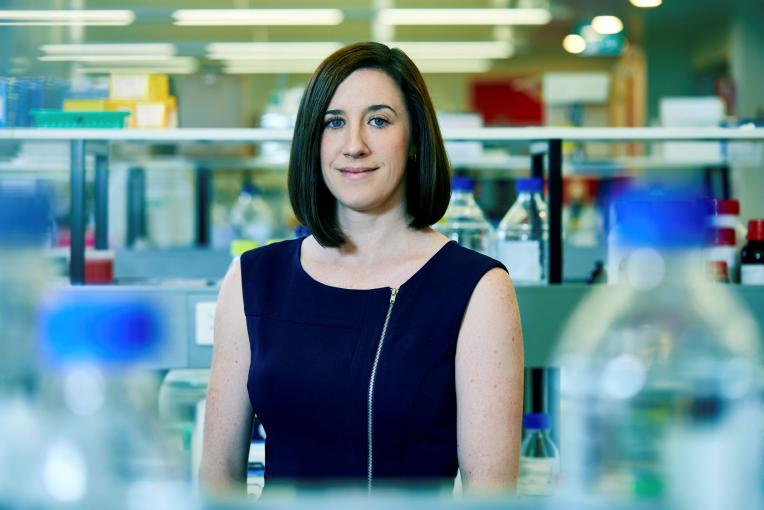
Melissa Farnham
Lab Head - Cardiovascular Neuroscience
Heart Research Institute
Conjoint Senior Lecturer
Univeristy of Sydney
Contact me for
- Mentoring
- Sitting on boards or committees
- Providing an expert opinion
- Outreach activities
- Conference presenting
- Opportunities to collaborate
Biography
I am an emerging leader in the field of peptide regulation of central cardiovascular control. I developed an innovative technique to record multiple sympathetic outputs in anaesthetised mice over many hours. I discovered that the excitatory peptide called PACAP had long-lasting sympathoexcitatory effects without any effect on blood pressure; a rare instance of a sympathoexcitatory response, independent of blood pressure changes, and in 2012 found that the unusual mismatch of responses was due to differential activation of PACAP receptors in the spinal cord. This paper spear-headed my current research into sleep apnoea and epilepsy, producing 2 important studies which highlight PACAP as an important protective modulator of sympathetic activity during seizure (2 senior author manuscripts in J Neuroscience). I have received over $2millon of competitive grant project and salary support to investigate roles of PACAP in central cardiovascular control, highlighting the importance and potential of my research. My capacity to successfully drive several projects concurrently, even with career disruptions, has resulted in an upward trajectory in publications as evidenced by my 34 (8 as 1st author and 5 as senior author) peer-reviewed works and 1 book. I have co-supervised 6 PhD and 6 honours students to on-time completion. My most recent discovery (Frontiers Neurosci, 2019) that PACAP drives the persistent sympathoexcitation in a model of sleep apnoea is allowing new scientific directions, and clinical collaborations.
My innovative techniques, coupled with comprehensive investigations into important cardiovascular questions, provide me the opportunity to further develop an area of research that is unique in Australia.

 Resources and Opportunities
Resources and Opportunities Women in STEM Champions
Women in STEM Champions
 Contact
Contact